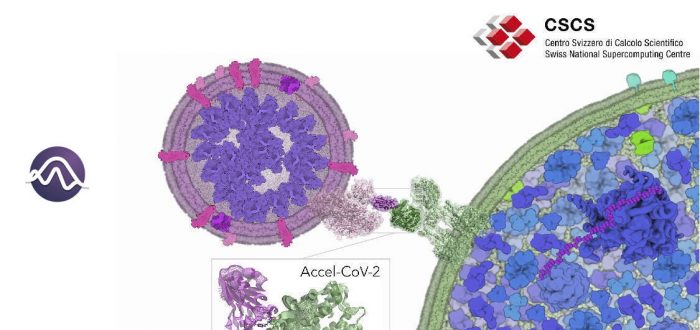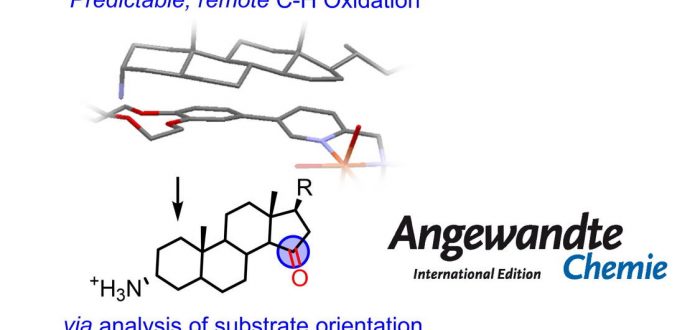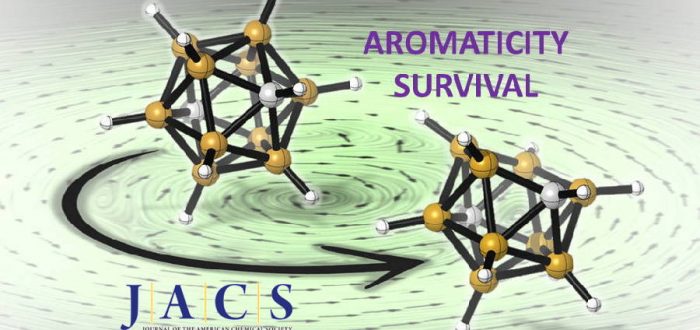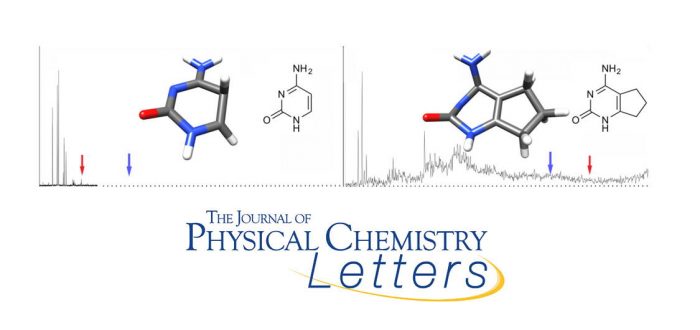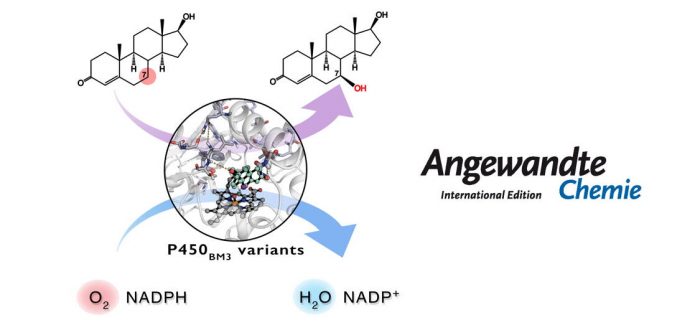A team of researchers from IQCC has been awarded computational time at the Piz Daint supercomputer of the ETH Zurich/CSCS (Switzerland) to explore the molecular and dynamical SARS-CoV-2/hACE2 recognition and inhibition mechanisms. In the framework of the Accel-CoV-2 project, the team will perform extensive accelerated Molecular Dynamics (aMD) simulations to access millisecond motions that can be
- sec.iqcc@udg.edu
- +34 972 41 83 57
Month: April 2020
Predictability is a key requirement to encompass late-stage C-H functionalization in synthetic routes. However, prediction (and control) of reaction selectivity is usually challenging, especially for complex substrate structures and elusive transformations such as remote C( sp 3 )-H oxidation, as it requires to distinguish a specific C-H bond from many others with similar reactivity. Herein,
Whereas the aromaticity of closo boranes is widely accepted, less is known about the aromaticity of nidoboranes. This work carried out by Prof. Francesc Teixidor, Prof. Clara Viñas, and Dr. Ines Bennour of the Institute of Materials Science of Barcelona (ICMAB-CSIC), Prof. Jordi Poater at the University of Barcelona (previous DiMoCat member) and Sílvia Escayola and
The decay mechanism of S0 ? S1 excited cytosine (Cyt) and the effect of substitution are studied combining jet-cooled spectroscopy (nanosecond resonant two-photon ionization (R2PI) and picosecond lifetime measurements) with CASPT2//CASSCF computations for eight derivatives. For Cyt and five derivatives substituted at N1, C5, and C6, rapid internal conversion sets in at 250–1200 cm–1 above
Steroidal C7beta alcohols and their respective esters have shown significant promise as neuroprotective and anti-inflammatory agents to treat chronic neuronal damage like stroke, brain trauma and cerebral ischemia. Since position C7 is spatially far away from any functional groups that could direct C–H activation, these transformations are not readily possible using modern synthetic organic techniques.

